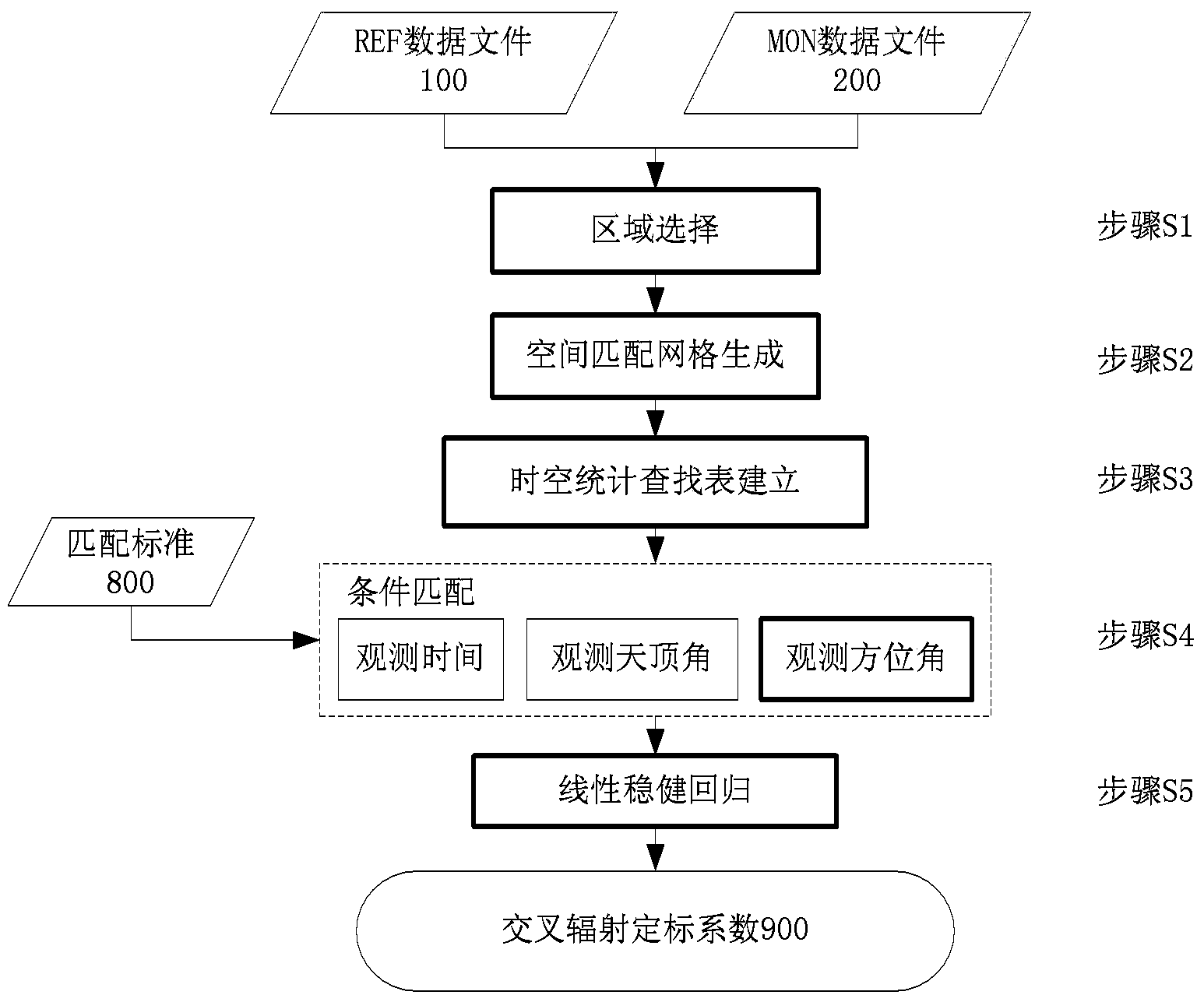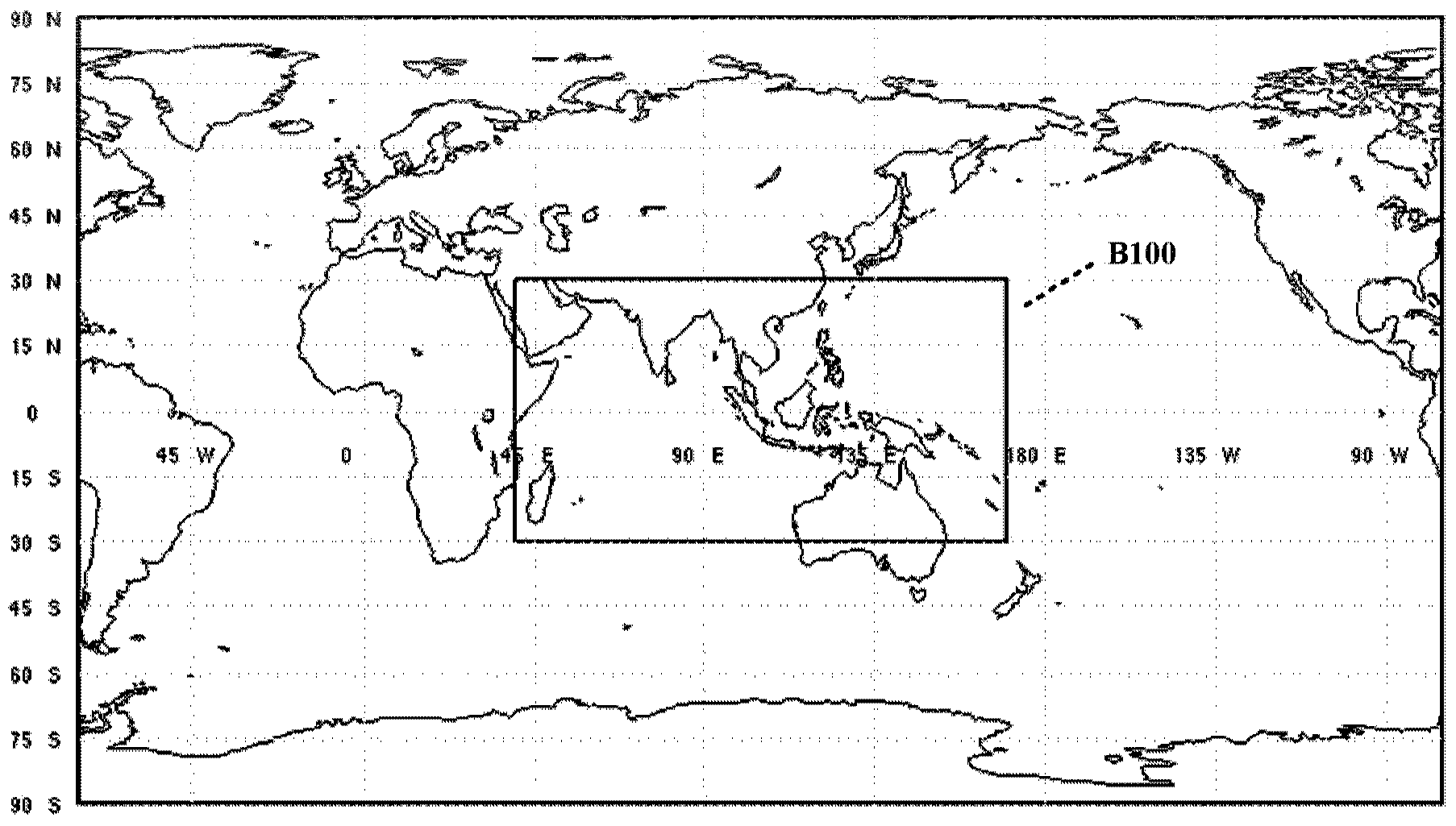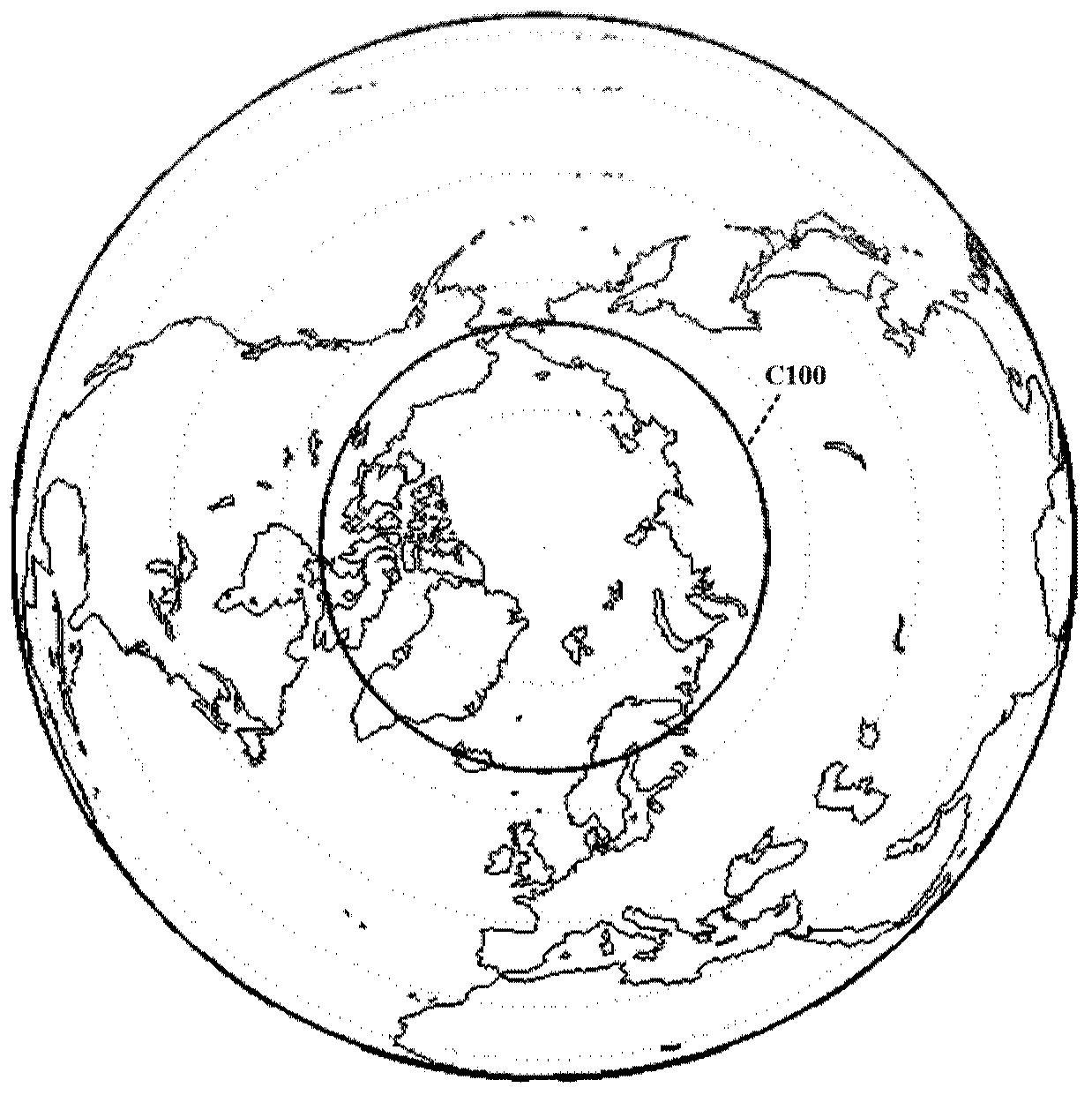Intersected radiometric calibration method for satellite-borne multispectral infrared sensor
A technology of infrared sensor and radiation calibration, applied in the direction of utilizing re-radiation, re-radiation of electromagnetic waves, instruments, etc., to achieve the effect of improving economic benefits, broadening the scope, and improving execution efficiency
- Summary
- Abstract
- Description
- Claims
- Application Information
AI Technical Summary
Problems solved by technology
Method used
Image
Examples
Embodiment Construction
[0086] In order to make the object, technical solution and advantages of the present invention clearer, the present invention will be described in further detail below in conjunction with specific embodiments and with reference to the accompanying drawings. The present invention proposes a cross-radiation calibration method for space-borne multi-spectral infrared sensors, which generates a space-matching grid by aggregating pixels, establishes a spatio-temporal statistical lookup table, and introduces the methods of observation azimuth difference inspection and linear robust regression, which overcomes the existing It has the above-mentioned technical problems of the GSICS cross-radiometric calibration method, and is suitable for cross-radiometric calibration of infrared channels of geostationary and polar-orbiting satellites at the same time.
[0087] In the cross-radiation calibration process of the spaceborne multispectral infrared sensor of the present invention, REF can be...
PUM
 Login to View More
Login to View More Abstract
Description
Claims
Application Information
 Login to View More
Login to View More - R&D
- Intellectual Property
- Life Sciences
- Materials
- Tech Scout
- Unparalleled Data Quality
- Higher Quality Content
- 60% Fewer Hallucinations
Browse by: Latest US Patents, China's latest patents, Technical Efficacy Thesaurus, Application Domain, Technology Topic, Popular Technical Reports.
© 2025 PatSnap. All rights reserved.Legal|Privacy policy|Modern Slavery Act Transparency Statement|Sitemap|About US| Contact US: help@patsnap.com



